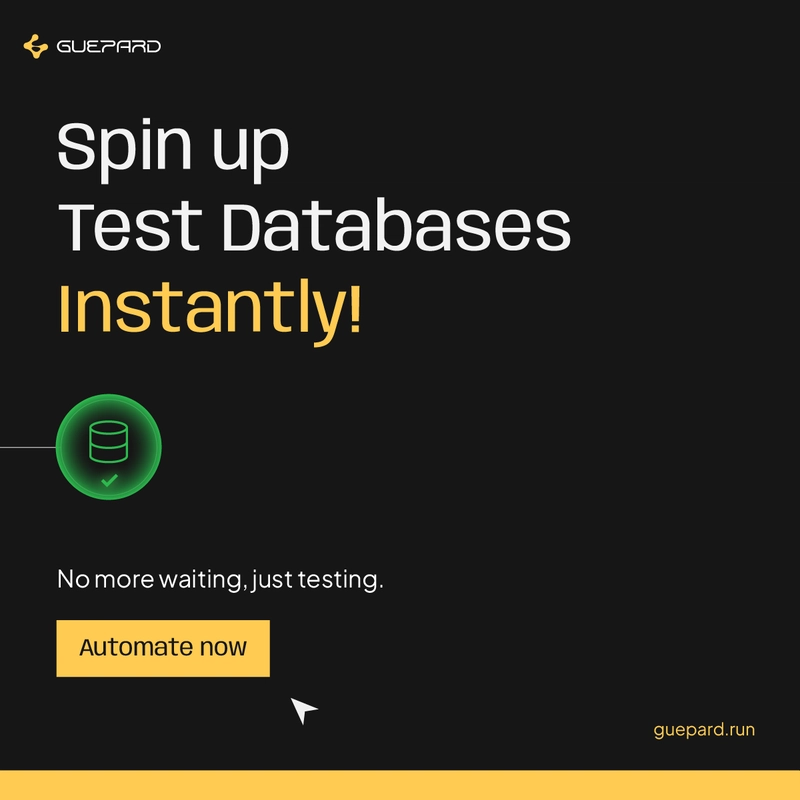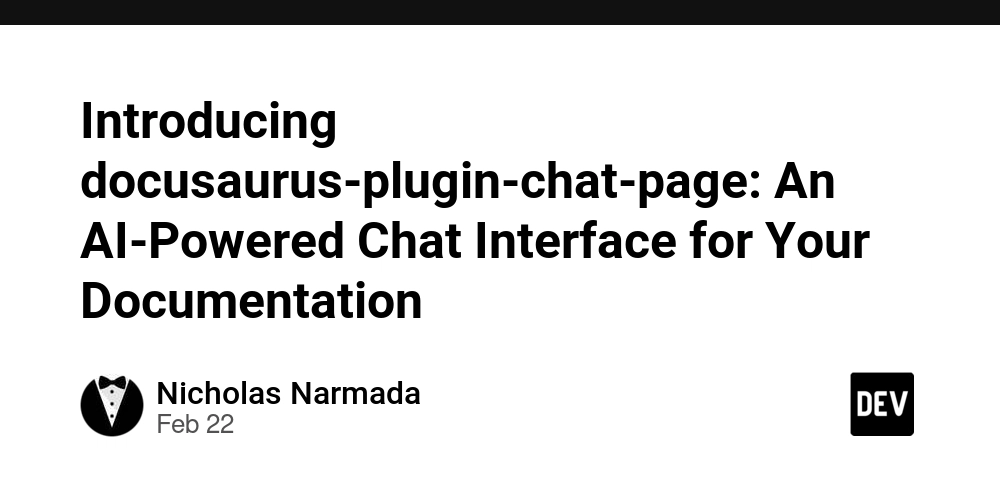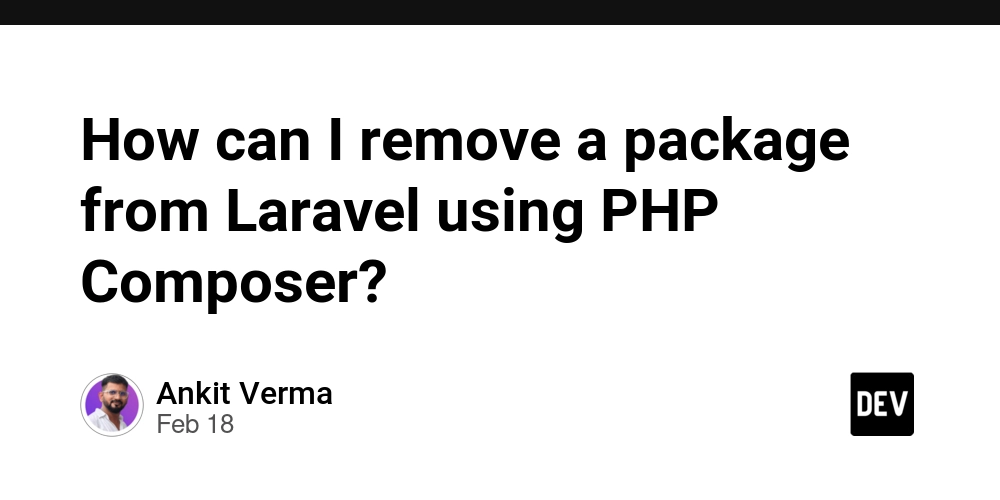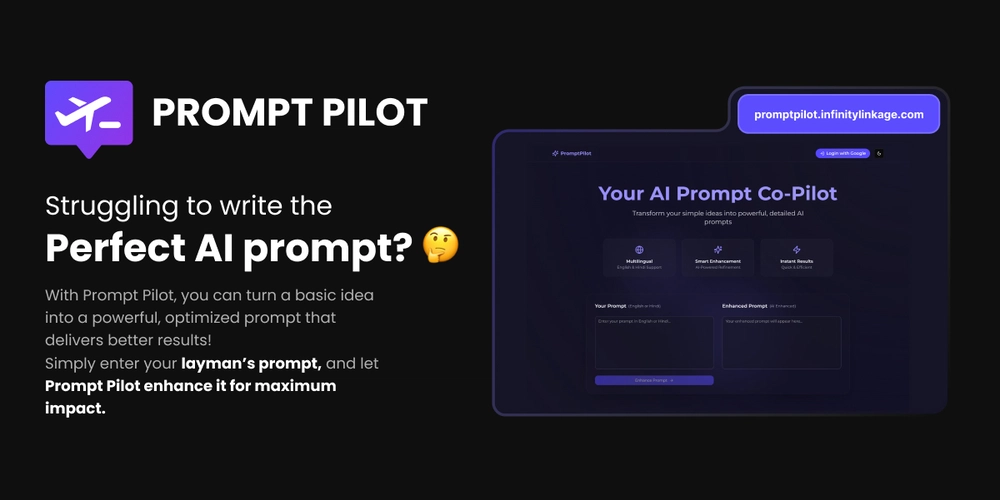Database Management Systems for SaaS: A Comprehensive Guide
When building a successful Software as a Service (SaaS) application, one of the most critical decisions you’ll make is choosing the right database management system (DBMS). The DBMS is the foundation of your data infrastructure — influencing everything from performance and scalability to security and operational complexity. Check the original blog post What is a DBMS? A Database Management System (DBMS) is software that helps you create, manage, and interact with data in your application. It handles everything from data storage to access control, consistency, and availability. A well-chosen DBMS ensures that your SaaS application remains performant and secure as it scales. Types of DBMS Each type of DBMS is designed for different needs and workloads. Here are the most common: Relational DBMS (RDBMS): Based on structured data and SQL. These are ideal for transactional applications with well-defined schemas. Examples: PostgreSQL, MySQL, Oracle. NoSQL DBMS: Built for unstructured or semi-structured data, typically used in real-time, high-scale environments. Examples: MongoDB, Cassandra, CouchDB. NewSQL DBMS: Designed to offer the scalability of NoSQL while preserving the consistency and reliability of traditional SQL databases. Good for SaaS products that require strong guarantees at scale. Key Considerations for SaaS Applications Choosing a DBMS for a SaaS application means thinking beyond technical specs. Here are the top considerations: 1. Multi-Tenancy Multi-tenancy defines how data is isolated across tenants (users, teams, or companies). Your options: Separate Databases: Maximum isolation, simpler compliance, harder to scale. Shared Database with Separate Schemas: Balance between isolation and scale. Shared Schema (with tenant IDs): Most scalable but requires careful implementation to avoid data leakage. ✅ Tip: Choose the tenancy model that aligns with your compliance and scalability goals. 2. Scalability As your user base grows, your DBMS must handle increased load. Look for systems that support: Horizontal scaling (e.g., sharding) Vertical scaling (e.g., larger machines) Partitioning and replication 3. Performance Performance should remain consistent even under stress. Techniques to improve performance include: Indexing Caching Query optimization Materialized views Background jobs ✅ Tip: Track query performance early and often. clone your environments for safe testing and optimization. 4. Security SaaS applications must protect user data rigorously. Your DBMS should support: Role-based access control Encryption (at rest and in transit) Audit logs Fine-grained permissions 5. Availability & Durability Your database should always be available and resilient to failure. Look for: Replication Automatic failover Transactional integrity Snapshots and backups 6. Ecosystem & Tooling Having a strong community and tool ecosystem makes development smoother. Prioritize DBMS platforms with: Active development Modern tooling Strong integrations (ORMs, BI tools, etc.) Good documentation ✅ Tip: Evaluate the ecosystem early — the right tools can save your team countless hours later. DBMS in the Cloud SaaS applications are typically cloud-native, so leveraging managed DBMS services can save time and effort. Common Cloud Options: DBaaS (Database as a Service): Fully managed relational databases like Amazon RDS, Google Cloud SQL, Azure SQL. Managed NoSQL Services: Like Atlas, DynamoDB, Firestore, Cosmos DB, great for scale-out use cases. Serverless Databases: Automatically scale based on usage. Examples: Aurora Serverless, Firestore. New Generation Turbocharged-Git Databases: Offer Git time traveling, Branching and al the feature you know about databases, like Guepard. ✅ Tip: Use Guepard alongside your DBaaS to create disposable, secure environments for staging, debugging, or demos — all without manual infrastructure. Why Guepard Can Help Guepard is designed for SaaS teams that want more control, speed, and flexibility over their database environments. Whether you’re building on PostgreSQL, MySQL, or another engine, Guepard helps you: Create and clone production-like environments in seconds Implement environment-level multi-tenancy Enable safer CI/CD testing with zero-impact clones Optimize performance with environment snapshots Reduce developer friction and operations overhead Practical Tips for SaaS DBMS Success Start with a clear multi-tenancy plan — migrating later is painful. Monitor query and disk usage from day one. Use feature flagging for DB migrations in live SaaS environments. Automate backups and test recovery often. Clone before you experiment — never test in prod. Regularly evaluate DB performance as your SaaS grows. Document your database architecture decisions. Final Thoughts There’s no

When building a successful Software as a Service (SaaS) application, one of the most critical decisions you’ll make is choosing the right database management system (DBMS). The DBMS is the foundation of your data infrastructure — influencing everything from performance and scalability to security and operational complexity.
What is a DBMS?
A Database Management System (DBMS) is software that helps you create, manage, and interact with data in your application. It handles everything from data storage to access control, consistency, and availability.
A well-chosen DBMS ensures that your SaaS application remains performant and secure as it scales.
Types of DBMS
Each type of DBMS is designed for different needs and workloads. Here are the most common:
- Relational DBMS (RDBMS): Based on structured data and SQL. These are ideal for transactional applications with well-defined schemas. Examples: PostgreSQL, MySQL, Oracle.
- NoSQL DBMS: Built for unstructured or semi-structured data, typically used in real-time, high-scale environments. Examples: MongoDB, Cassandra, CouchDB.
- NewSQL DBMS: Designed to offer the scalability of NoSQL while preserving the consistency and reliability of traditional SQL databases. Good for SaaS products that require strong guarantees at scale.
Key Considerations for SaaS Applications
Choosing a DBMS for a SaaS application means thinking beyond technical specs. Here are the top considerations:
1. Multi-Tenancy
Multi-tenancy defines how data is isolated across tenants (users, teams, or companies). Your options:
- Separate Databases: Maximum isolation, simpler compliance, harder to scale.
- Shared Database with Separate Schemas: Balance between isolation and scale.
- Shared Schema (with tenant IDs): Most scalable but requires careful implementation to avoid data leakage.
✅ Tip: Choose the tenancy model that aligns with your compliance and scalability goals.
2. Scalability
As your user base grows, your DBMS must handle increased load. Look for systems that support:
- Horizontal scaling (e.g., sharding)
- Vertical scaling (e.g., larger machines)
- Partitioning and replication
3. Performance
Performance should remain consistent even under stress. Techniques to improve performance include:
- Indexing
- Caching
- Query optimization
- Materialized views
- Background jobs
✅ Tip: Track query performance early and often. clone your environments for safe testing and optimization.
4. Security
SaaS applications must protect user data rigorously. Your DBMS should support:
- Role-based access control
- Encryption (at rest and in transit)
- Audit logs
- Fine-grained permissions
5. Availability & Durability
Your database should always be available and resilient to failure. Look for:
- Replication
- Automatic failover
- Transactional integrity
- Snapshots and backups
6. Ecosystem & Tooling
Having a strong community and tool ecosystem makes development smoother. Prioritize DBMS platforms with:
- Active development
- Modern tooling
- Strong integrations (ORMs, BI tools, etc.)
- Good documentation
✅ Tip: Evaluate the ecosystem early — the right tools can save your team countless hours later.
DBMS in the Cloud
SaaS applications are typically cloud-native, so leveraging managed DBMS services can save time and effort.
Common Cloud Options:
- DBaaS (Database as a Service): Fully managed relational databases like Amazon RDS, Google Cloud SQL, Azure SQL.
- Managed NoSQL Services: Like Atlas, DynamoDB, Firestore, Cosmos DB, great for scale-out use cases.
- Serverless Databases: Automatically scale based on usage. Examples: Aurora Serverless, Firestore.
- New Generation Turbocharged-Git Databases: Offer Git time traveling, Branching and al the feature you know about databases, like Guepard.
✅ Tip: Use Guepard alongside your DBaaS to create disposable, secure environments for staging, debugging, or demos — all without manual infrastructure.
Why Guepard Can Help
Guepard is designed for SaaS teams that want more control, speed, and flexibility over their database environments. Whether you’re building on PostgreSQL, MySQL, or another engine, Guepard helps you:
- Create and clone production-like environments in seconds
- Implement environment-level multi-tenancy
- Enable safer CI/CD testing with zero-impact clones
- Optimize performance with environment snapshots
- Reduce developer friction and operations overhead
Practical Tips for SaaS DBMS Success
- Start with a clear multi-tenancy plan — migrating later is painful.
- Monitor query and disk usage from day one.
- Use feature flagging for DB migrations in live SaaS environments.
- Automate backups and test recovery often.
- Clone before you experiment — never test in prod.
- Regularly evaluate DB performance as your SaaS grows.
- Document your database architecture decisions.
Final Thoughts
There’s no one-size-fits-all DBMS for SaaS. The best option depends on your architecture, team, and goals. But with the right strategy — and tools like Guepard in your stack — you can build database infrastructure that scales, performs, and evolves with your product.
Stay curious, review often, and don’t be afraid to rethink your data architecture as your app matures.
Happy building




















































%20Abstract%20Background%20112024%20SOURCE%20Amazon.jpg)






















































































































![[The AI Show Episode 142]: ChatGPT’s New Image Generator, Studio Ghibli Craze and Backlash, Gemini 2.5, OpenAI Academy, 4o Updates, Vibe Marketing & xAI Acquires X](https://www.marketingaiinstitute.com/hubfs/ep%20142%20cover.png)
























































































































































































































































-Nintendo-Switch-2-–-Overview-trailer-00-00-10.png?width=1920&height=1920&fit=bounds&quality=80&format=jpg&auto=webp#)





















_Anna_Berkut_Alamy.jpg?#)













































































































![YouTube Announces New Creation Tools for Shorts [Video]](https://www.iclarified.com/images/news/96923/96923/96923-640.jpg)





































































![[Weekly funding roundup March 29-April 4] Steady-state VC inflow pre-empts Trump tariff impact](https://images.yourstory.com/cs/2/220356402d6d11e9aa979329348d4c3e/WeeklyFundingRoundupNewLogo1-1739546168054.jpg)





























































